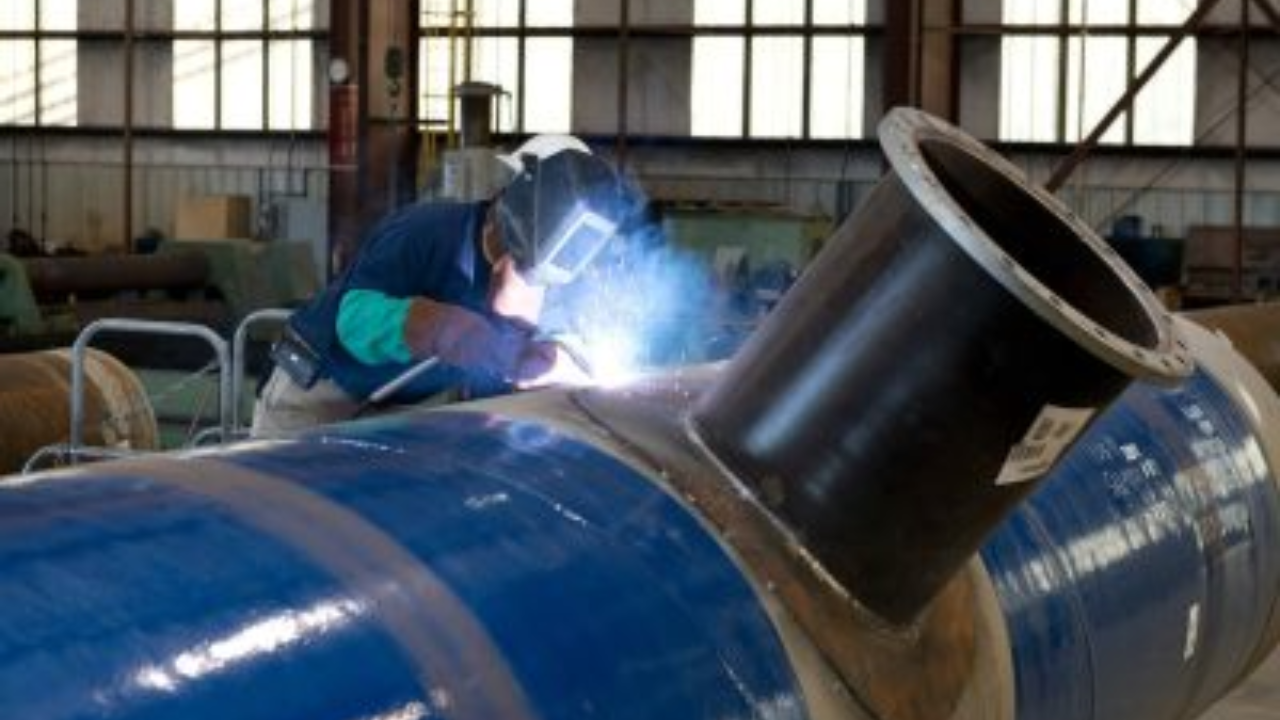For industrial construction and mechanical engineering, the accuracy, efficiency, and timing of all tasks greatly matter. Spooling has brought significant changes to piping systems used in many different sectors. When we create and link pipe spools, we create and link piping parts into sections called pipe spools before sending them to the construction site. Carbon Steel Pipe Spool Fabricated speed hits a new high with this method, while the piping system becomes more trustworthy and dependable. The science behind spooling clarifies why this method is crucial in contemporary engineering.
What are Pipe Spools?
A pipe spool is a factory-built unit of a piping system that includes pipes, fittings, flanges, and related pieces that are welded or put together in a controlled facility. All spools are built from detailed engineering plans and specifications. Upon finishing fabrication, the spools are brought to the site and put into place as complete systems. With traditional field fabrication, pipes are cut, welded, and assembled at the installation site. With spooling, keeping most work indoors eliminates many risks, relieves the site of heavy traffic, and reduces the time needed to finish the project.
How Engineering Helps with Spooling
Spooling is prepared for by creating the design early in the engineering process. With the help of the 3D piping models, drawings are made showing each piping part’s measurements and how everything connects. The drawings guide fabrication teams as they accurately put the spools together. It is the science of metalwork when measurements are accurate, specialist software is used, and standards for welding and quality are met. The spool has to match the piping system, so the designers, engineers, and fabricators need to work closely together.
Quality Control and Standardizing
With spooling, quality control is greatly improved. Since all work is done at the fabrication facility or yard, temperatures and space are stable, unlike construction sites where these elements can shape the final product. Because our technicians are skilled and our machines are automated, all welds are made to meet the required standards. Smaller pipes can be tested more fully using pressure tests, X-rays, and ultrasonic methods. Having everything so precise and standardized makes it much less likely that problems or rework will occur during installation.
Enhancing Project Efficiency
Using automatic spooling extensively improves how efficiently projects are carried out. If construction work is completed off-site significantly, teams can keep labor costs low, avoid frequent delays, and better manage the work timeline. The onsite installation happens quickly since the factory lifts and combines spools. Following this simple process lets us limit downtime and ensure that projects are finished on time. Improving efficiency with spooling costs can be meaningful in high-risk sectors, including oil and gas, petrochemicals, and power generation.
Getting the Work Done
Even though spooling can help, planning must be precise for it to work well. All spools are required to be labeled, monitored, and given to the site in the necessary order. If planning is poor, it can result in delays, missing network items, and trouble during installation. That’s why logistics is essential in getting the right spools to the correct place on time and putting them in place correctly. Both engineers and planners should work together to ensure that materials travel smoothly from the manufacturing yard to the construction site while properly taking care of transportation, handling, and storing them.
Software Helps a Diverse Array of Industries
Many areas relying on piping systems regularly use spooling for their construction. In oil and gas, pipe spools must be used in refineries and offshore platforms because safe and accurate piping is needed. Power plants use spooling to protect high-pressure and temperature piping components. Manufacturing, chemicals, and water treatment companies use spooling to make obtaining components easier and more efficient. Because it is adaptable and precise, this method suits applications of any size, ranging from factories to simple mechanical equipment.
What to Expect in Pipe Spooling Moving Forward
With advancing technology, the field of spooling is also developing. By combining robotics, 3D scanning, and sophisticated modeling software, the accuracy of the parts is improved, and less time is needed for fabrication. With digital tracking systems, users can monitor how far along the spool is from design to delivery in real-time. As a result of automation and advanced fabrication tools, fewer people are needed to do jobs, promoting higher accuracy and productivity. As a result, more companies are using modular construction by piecing together pipework and equipment parts built externally. In this case, spooling is an integral part of the modular approach.
Conclusion
Pipe spooling is possible through careful engineering, thoughtful planning, and controlled manufacturing. With it, the construction of complex piping systems is more dependable, safer, and requires less time. Moving critical work to a controlled area with spooling cuts down on errors, speeds up tasks, and improves the quality of the installation. As technology improves, the role that spooling plays in engineering efficiency should only grow, making it increasingly important for modern piping systems.
